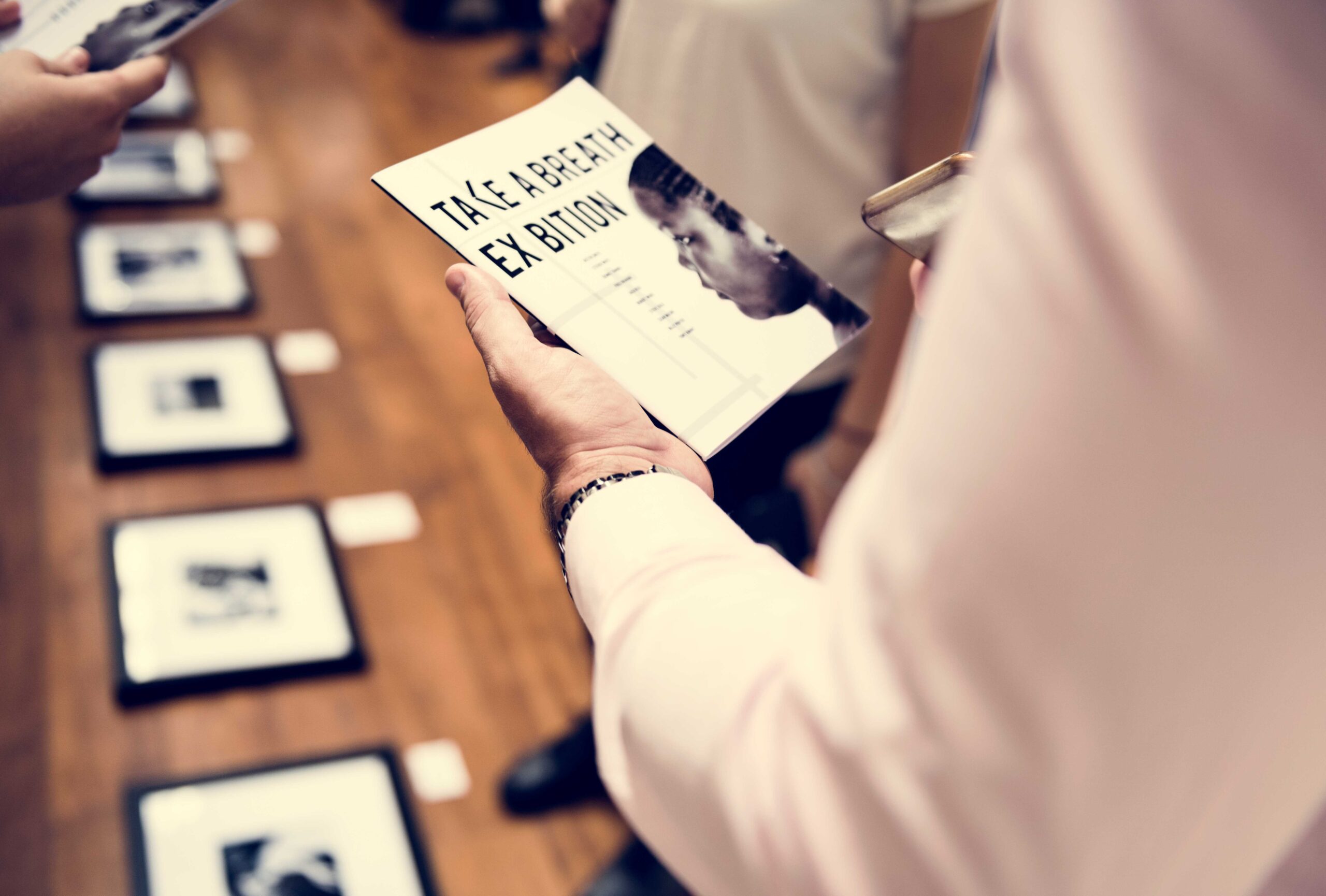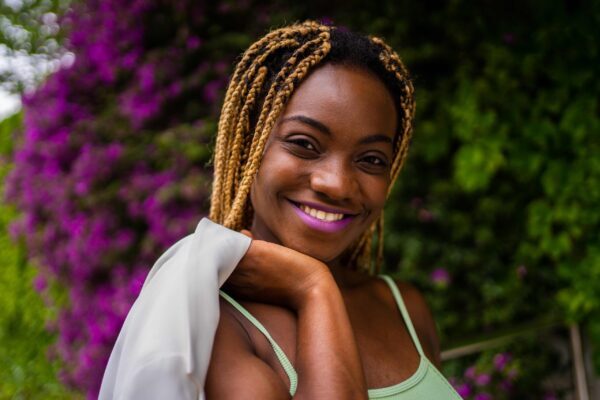The interview is currently unavailable. Below is a detailed biography of the artist. Stay tuned to FigureGround.org — we’ll let you know if the original interview becomes available.
Misty Upham’s presence on screen always held a certain weight — not flashy, not loud. Just quietly insistent.
Born July 6, 1982, in Kalispell, Montana, and raised near Seattle in the Blackfeet Nation community, Upham’s early years were marked by what she later called “a constant negotiation between survival and art.” That phrase alone, uttered in a backstage interview in 2009, captured more than just her own story — it hinted at the structural realities Native actors often face.
By the mid-2000s, casting directors began to notice her — not because she fit a niche, but because she made the niche crack open a bit wider. Her role as Lila in Frozen River (2008) wasn’t just a breakout — it was a rupture. She played a Mohawk woman smuggling immigrants across the U.S. – Canada border, and did it without ever asking for sympathy. It wasn’t activism. It wasn’t soft power. It was something else.
Frozen River earned two Oscar nominations. Upham didn’t get one — but reviews didn’t skip her. The New York Times called her performance “unyielding.” Roger Ebert simply wrote: “She haunts the film.”
That was 2008. By 2010, she was still haunting other people’s work — without yet being allowed to build her own.
The Roles That Stayed Quiet Longer Than They Should
It’s easy to list Misty Upham’s filmography: Frozen River, Django Unchained, August: Osage County.
But the list doesn’t speak. What speaks are the silences between those films — years without major screen presence, despite her acclaim.
There’s something telling about the timeline. After Frozen River, she filmed Django with Tarantino, but it was a minor role. August: Osage County (2013) gave her more to do — playing housekeeper Johnna alongside Meryl Streep and Julia Roberts. But even that felt like a containment field for her talent.
And yet — there were small ruptures. Between 2011 and 2014, Upham gave talks at universities, worked with Native youth theater programs, and spoke openly about the industry’s erasure of Indigenous voices.
In a 2012 roundtable, she said: “They say they want authenticity — but only if you don’t make them uncomfortable.”
At first, that sounded bitter. But hearing it now, it feels like early documentation.
2014: A Disappearance That Wasn’t Just About a Person
Misty Upham went missing in October 2014. Her family reported her mental health was fragile. Police delayed search efforts.
Her body was found on October 16 near the White River in Washington state. The circumstances were contested, the grief not.
It’s not the mystery of her death that needs parsing — it’s the clarity of what preceded it. Upham had long spoken about mental health, trauma, and systemic racism in healthcare and policing. She’d survived domestic abuse. She’d warned, in public, that the world didn’t feel safe.
“Native women go missing every week,” she once said. “We don’t all get found.”
Her father believed she died trying to escape from danger. Others called it an accident. But in the weeks that followed, Indigenous women’s organizations called it something else: emblematic.
In a memorial event, an activist remarked: “She didn’t just play a forgotten woman. She became one. And that should never happen again.”
Afterward Doesn’t Mean Ending
In 2020, clips of Upham resurfaced online — fragments of interviews, behind-the-scenes laughter, quiet takes. A video compilation on YouTube titled “The Spirit of Misty Upham” now circulates quietly in Native networks. It’s not official. But it feels necessary.
Upham never got the Hollywood moment she deserved. But she became a symbol — reluctantly, posthumously, and irrevocably.
There are still threads. She workshopped but never performed. A screenplay draft reportedly titled “Across Bitter Land” that friends say was about Indigenous resilience. Unpublished, unfinished, or simply unacknowledged.
You could say she never got closure. But maybe closure was never the point.
Misty Upham’s biography doesn’t follow a narrative arc. It fragments. It breaks. And in doing so — it resists the smooth conclusions so often applied to lives in retrospect.
And perhaps that’s the most honest kind of legacy.

